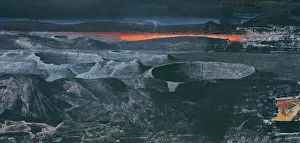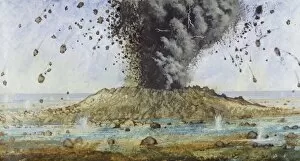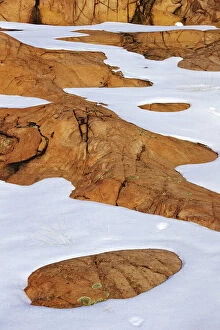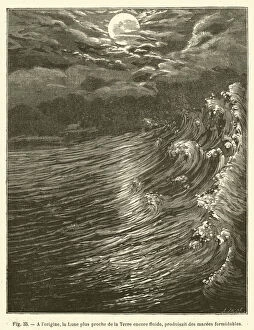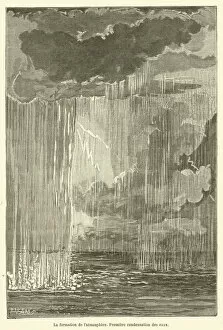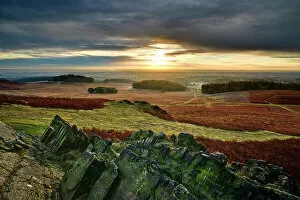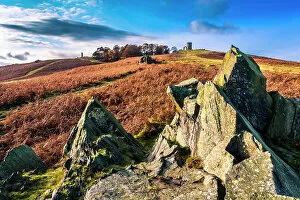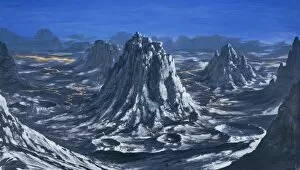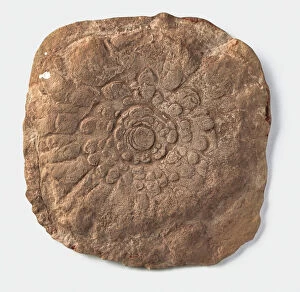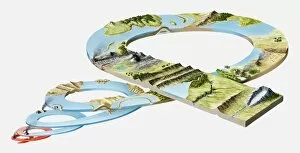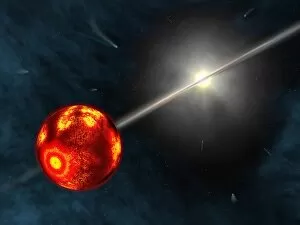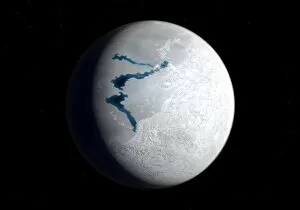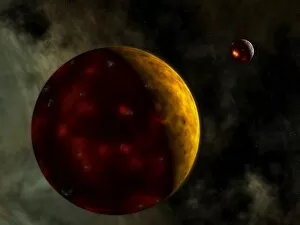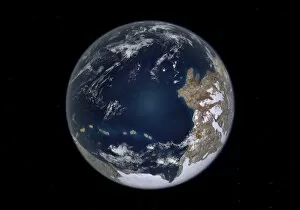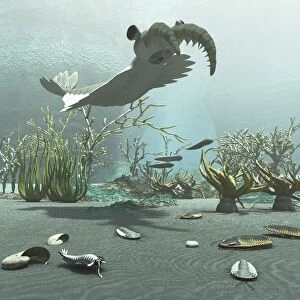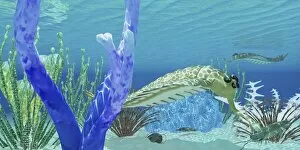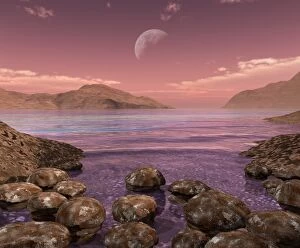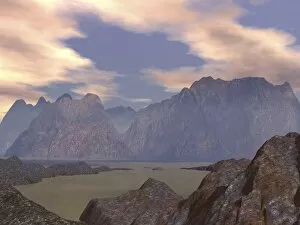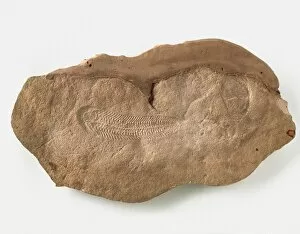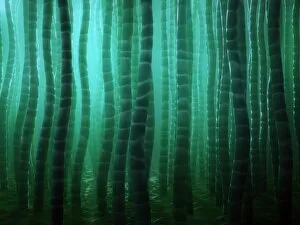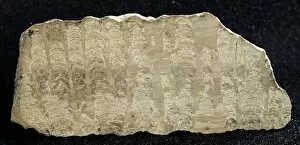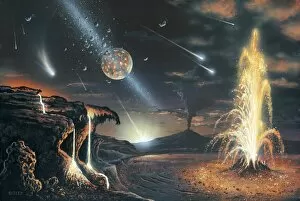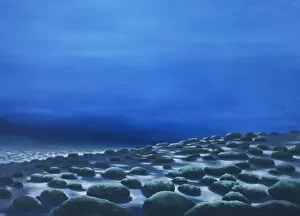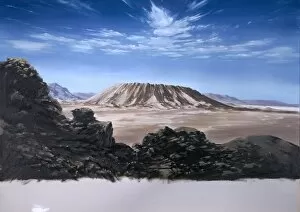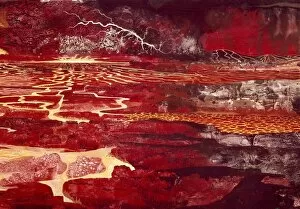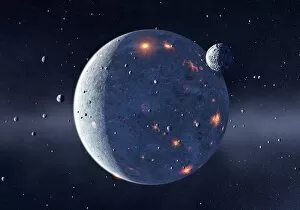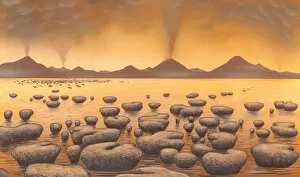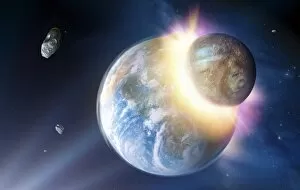Precambrian Collection
"Exploring the Mysteries of Precambrian: Unveiling Earth's Ancient Secrets" Step back in time to the Early Precambrian Earth, a period shrouded in mystery and awe
For sale as Licensed Images
Choose your image, Select your licence and Download the media
"Exploring the Mysteries of Precambrian: Unveiling Earth's Ancient Secrets" Step back in time to the Early Precambrian Earth, a period shrouded in mystery and awe. Witness the birth of our planet through the lens of history, as volcanic eruptions shaped its landscapes and set the stage for life to emerge. DDE-90028420 takes us on a visual journey, capturing an engraving that depicts a time when our Moon was closer to Earth, still fluid and causing tremendous tides. Imagine standing witness to these formidable forces shaping our world. The formation of the atmosphere is beautifully illustrated in another engraving (BAL0411814), showcasing how gases enveloped our young planet, paving the way for future life forms. As we gaze at BAL03920051, BAL03920002, and BAL03920017 engravings from Canada's Ontario region - specifically Killarney Provincial Park - we can almost hear whispers from animal tracks etched into thawing snow during springtime. Transport yourself further with C016 / 3733 artwork depicting an Early Earth globe. This captivating piece allows us to envision what our planet looked like billions of years ago – a vastly different landscape than what we know today. Finally, immerse yourself in an Archean Landscape where ancient rocks tell tales of early geological processes that shaped continents and laid foundations for life's evolution. Precambrian offers us glimpses into a distant past when everything was yet untamed and unexplored. Let your imagination soar as you delve deeper into this fascinating era that holds many secrets waiting to be unraveled.

